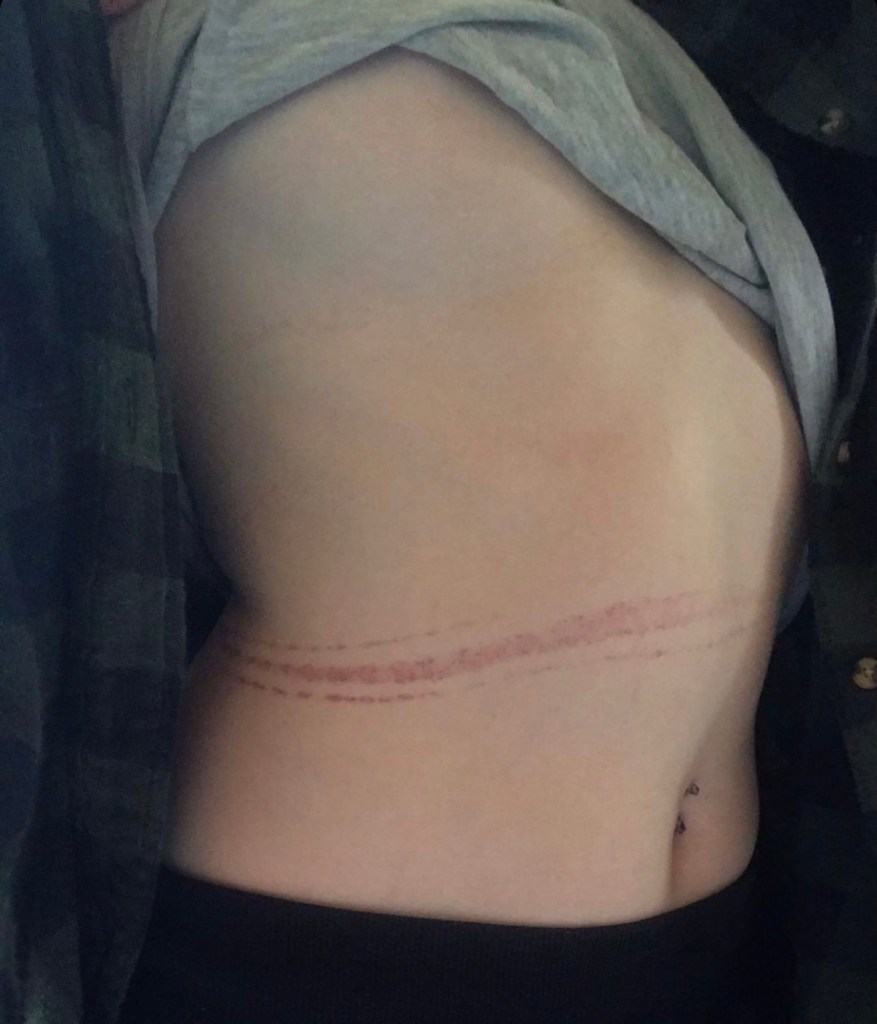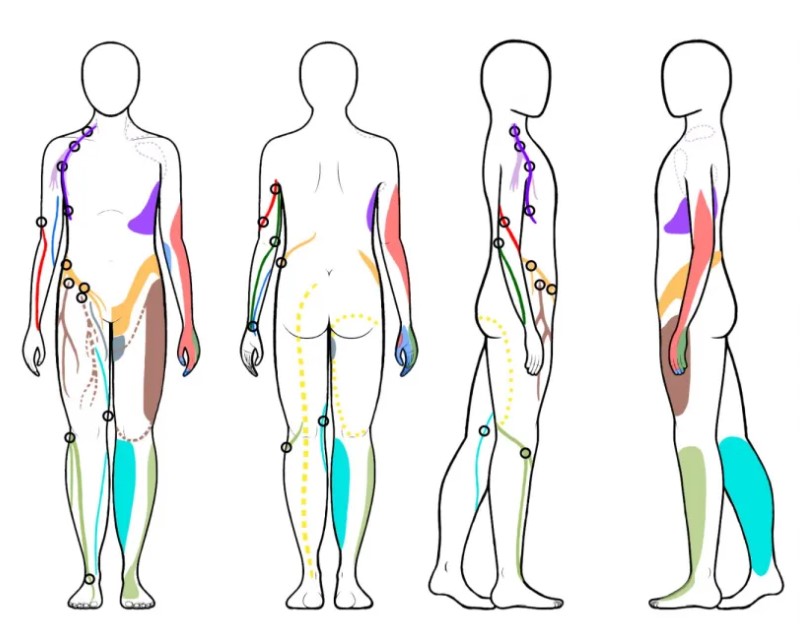Rope bondage safety check list
Safety
Discuss safewords with your partner(s)
- Practice them now.
- Consider if you or your partner are multilingual. Will you use a different language when panicked or surprised?
Discuss limits with your partner
- Will this scene be sexually explicit? Make it clear.
- Will the scene involve sexual touch? Penetration?
- What ties are involved? What tools might be used?
- Are there any actions, words or phrases that are off limits?
- What are the risks? Make sure everyone is informed of risks; especially if the scene involves suspension or the possibility of falling without being able to use your arms to save yourself.
Discuss physical health
- Do you or your partner(s) have any current or past injuries that could be triggered?
- Are you well hydrated? When did you last eat? What did you eat?
- Do you have any conditions or medications that are time sensitive? Will you or your partner(s) possibly need insulin, inhalers, epi-pens, etc? Where are any medications you may need?
Discuss sexual health
- Do you or they have other partners that need to be declared before, or informed of this interaction?
- What is their sexual health status? So they have any STI’s?
- Do they have any open wounds?
- Are any of your partners a squirter? (Will you need/want to use synthetic/easily washable rope?)
Be prepared for emergencies with a Safety Cutter.
- Make sure your safety cutter is ready and in sight.
- Use the right tool. One specifically designed to be use in a rush or panic next to exposed skin. DO NOT USE A REGULAR KNIFE OR STRAIGHT BLADE.
- Safety cutters should be placed within reach and in a place that is not able to be covered by thrown clothes or rope.
- Have a backup.
Have a plan for Aftercare.
- Will your partner(s) need comfort and/or space following the scene? Ask.
- Will you need any comfort items afterwards? What are they? Where are they? Put them close.
New Partners
Ask what their level of rope experience is.
- Have they been involved in a scene before.
- Are they familiar with terms.
- What do they expect?
- What do they hope to get out of the scene?
- Do they have any history of nausea in rope?
Ask about their previous experiences.
- How do they respond to rope? Do they respond:
- Sexually to rope/to specific ties, or specific ways of tying?
- Fearfully?
- If they have done scenes before, do they "Sub-out" in rope or in other situations?
- Are they actually comfortable using/will they actually use a Safeword when stressed? Are you? Practice them again now.
Ask about their expected reactions.
- Are they claustrophobic? Might they have a reaction specifically to rope close to the neck/throat?
- Do they have a fear of heights, or spinning? Do they get dizziness or vertigo?
- Do they have any allergies? In particular do they have allergies to natural fibres? Beeswax?
Talk about possible negative outcomes.
- Are they aware of "drop"? Have they experienced it before? How do they manage drop?
- Are they aware that rope mark will likely be left behind? Does this change their limits?
- Do they understand the risks? Proper bondage is usually safe, but every scene carries at least some level of risk.
- Minor injuries may include:
- Rope marks; depressions in the skin like those left by tight socks, bras, or belts
- "Petechial hemorrhaging"; sounds scary but is just bruising that fades after a few days to a week.
- Rope burn
- Major injuries, while rare, may include:
- Injuries from falling
- Sprained or dislocated joints (if putting the bottom into stressful positions)
- Broken bones (again from falling)
- "Nerve compression injuries"
Returning Partners
Re-establish play boundaries
- Ask if they have any new injuries since last time you Played together.
- Ask if there are any areas of their body they do/do not want touched.
- Ask if they have any new partners that need to be considered/communicated with.
- What do they expect?
- What do they hope to get out of the scene?
Ask when they last ate.
- What did they eat? When?
- Are they well hydrated?
- Ask if they need/have snacks for afterwards?
Things to be aware of:
You may be left with marks:
- There will likely be rope marks on the skin that fade after a couple hours.
- You may develop bruising that lasts for a couple days up to a week. This is known as "Petechial hemorrhaging".

